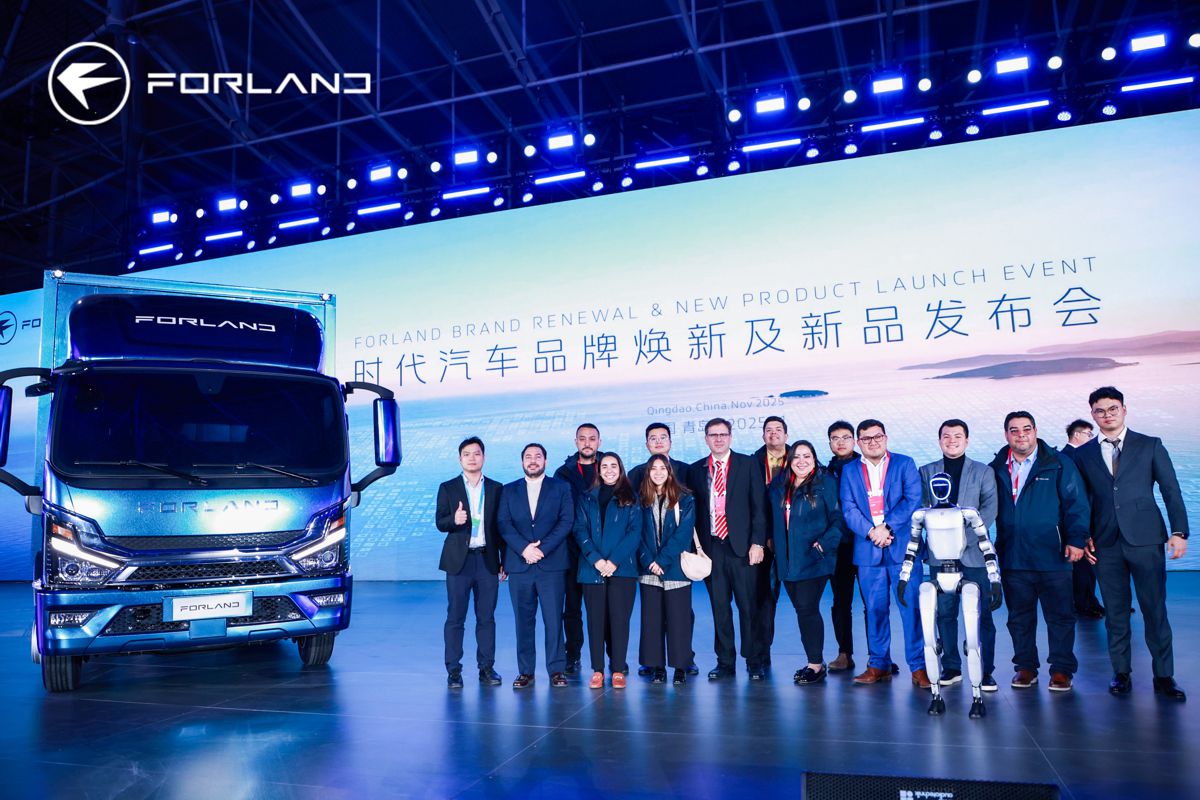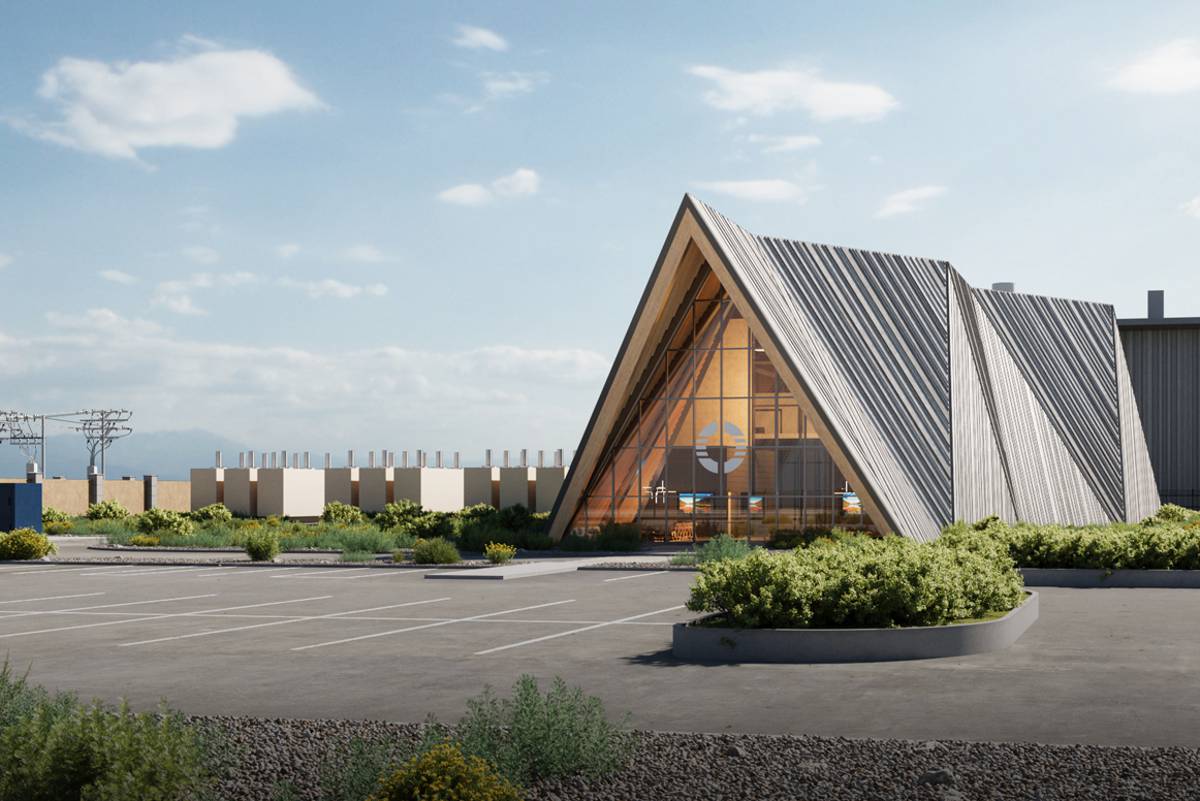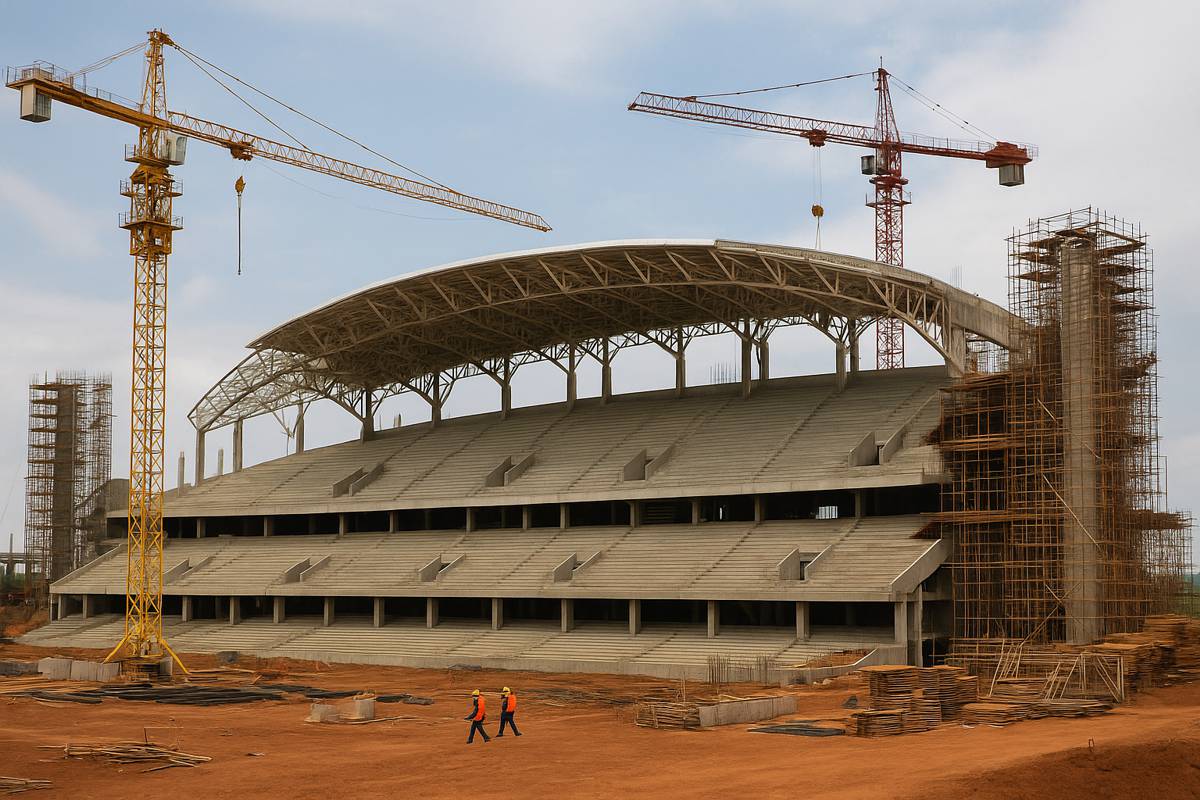Building vibration control solutions market to surge over the next five years in USA
Recent years have witnessed profound traction for vibration isolation in buildings as it has become imperative for the durability, safety and reliability of equipment and infrastructure. There have been concerted efforts towards building vibration isolation given the sustainable rise in the construction of buildings around the world.
Demand for vibration control solution in skyscrapers to offer protection from low frequency ground-borne noise and vibration generated from external sources will surge in the next five years. Notably, viscous damping materials are increasingly used in the field of vibration mitigation.
In the latest research report compiled by Global Market Insights, Inc., building vibration isolation market size has been projected to surpass US$2.5 billion by 2026.
Of late, there has been traction for floating floors that are being used to ward off noise passing through the floor and isolate against impact and vibration. In a bid to create a box-in-box construction and reduce the noise levels, acoustically isolated ceiling and walls are being built on the floating floor.
Stakeholders are likely to cash in on the revenue generating opportunities from reinforced concrete jack up floating floors and formwork floating floors.
A notable spike in construction activities globally is likely to spur building vibration isolation market share. Leading companies are eyeing to come up with a state-of-the-art compound design with long service life and low creep.
Demand for vibration isolation is poised to gain an uptick across end-use applications in both residential and commercial buildings. Major companies are also focusing on structural modeling to streamline an integrated design between the isolation bearings and the structure.
Vibration reducing measures at the place of emissions and interruption of the transmission of the vibration have received due attention in the past several years. In essence, the growth of virgin polyurethane has led to the availability of vibration isolation. Polyurethane foams and lightweight floating floors have become popular as a low density flexible virgin open cell polyurethane foam.
Investment in rubber isolation pads is also likely to witness an uptick as they are regarded as a highly sought-after isolation device. Soaring popularity of rubber isolation pads is majorly attributed to its innate capability of resisting the vertical earthquake excitations. Moreover, some of the factors such as small horizontal stiffness, strong vertical bearing capacity and large horizontal allowable displacement have boosted the confidence of stakeholders.
With the surge in construction activities in the U.S., Canada and Mexico, stakeholders are likely to infuse funds in North America. The region has witnessed profound traction for elastic bearing, with end-markets expecting elastic bearing to provide economic and engineering upsides in the construction industry.
Asia Pacific has witnessed traction for floating floor as a purpose-built floor system to keep transmission of vibration and noise at bay. Expansion of building and construction projects in China, India, Australia and Vietnam has augured well for the market outlook through 2026.
That said, saturation point of construction sector in Europe may derail the industry growth. Moreover, stakeholders have faced the brunt of COVID-19 outbreak globally.
Forward-looking companies expect building vibration isolation market to witness a substantial uptick following the need to underpin building structures and boost protection from low frequency ground-borne vibration and noise.




















